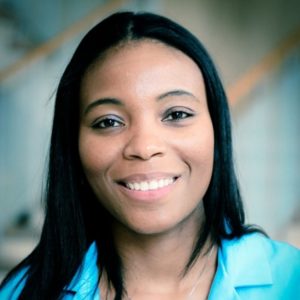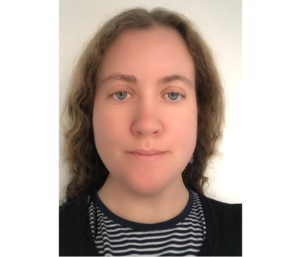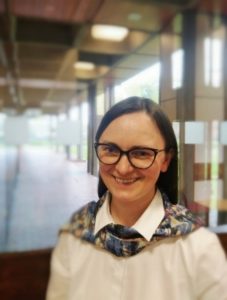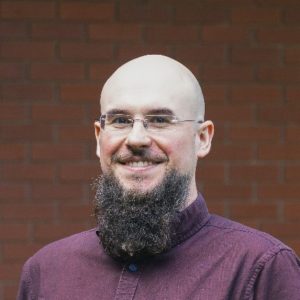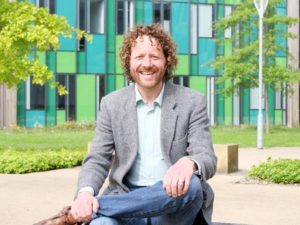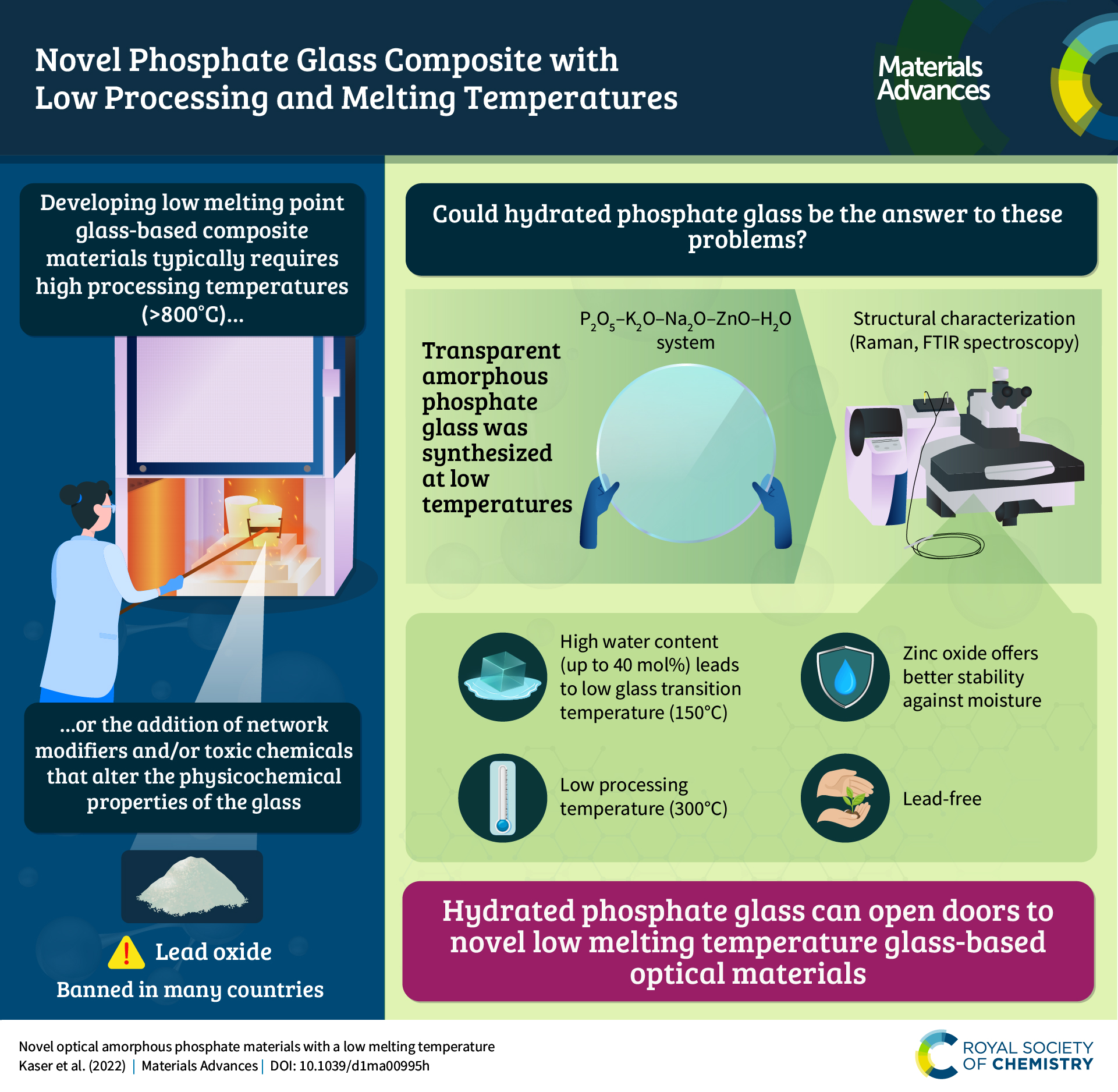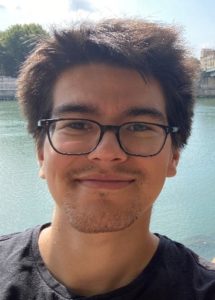We are delighted to announce that Professor Sahika Inal has been selected as the winner of the Journal of Materials Chemistry Lectureship 2022.
The Journal of Materials Chemistry annual lectureship, established in 2010, honours early-career scientists who have made a significant contribution to the field of materials chemistry. Congratulations to Sahika!
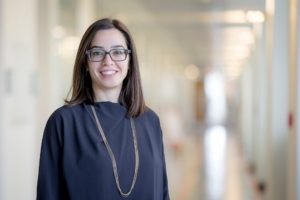 |
“I am delighted to have this prestigious recognition and committed to contributing further to the materials chemistry research and the community” |
Sahika Inal is an Associate Professor of Bioengineering with co-affiliations in Electrical Engineering and Materials Science and Engineering programs at King Abdullah University of Science and Technology (KAUST). She has a B.Sc. degree in Textile Engineering from Istanbul Technical University (Turkey), an M.Sc. in Polymer Science, and a Ph.D. in Experimental Physics, both from the University of Potsdam (Germany). She completed her postdoctoral training at the Center of Microelectronics of Provence of the Ecole Nationale Supérieure des Mines de Saint-Étienne (France). Her expertise is in polymer science and bioelectronic devices, particularly in the photophysics of conjugated polymers, characterization of polymer films, and the design of biosensors and actuators. Since 2016, Inal lab at KAUST exploits the functionalities of organic electronic materials, investigates ionic/electronic charge transport, and designs electronic devices that record/stimulate biological signals. Sahika is a Fellow of the Royal Society of Chemistry and has received recognitions including ACS PMSE Young Investigator Award 2022, Beilby Medal and Prize 2022, 2023 WCC Rising Star (ACS), and has been shortlisted for the Nature Research Awards for Inspiring Women in Science in 2021. She is the author of 97+ publications, and her work has been cited more than 7900 times.
Twitter: @InalSahika
Group website: https://bioel.kaust.edu.sa/
Please join us in congratulating Sahika on receiving the award. To celebrate, we have put together a collection of her publications in Royal Society of Chemistry journals:
Our 2022 runners-up
Each year we have a large number of excellent researchers nominated for the lectureship award across Journal of Materials Chemistry A, B and C. To recognise the diversity of the three journals, overall community and candidates nominated each year, going forward we have decided to additionally recognise runners-up for the Journal of Materials Chemistry lectureship.


